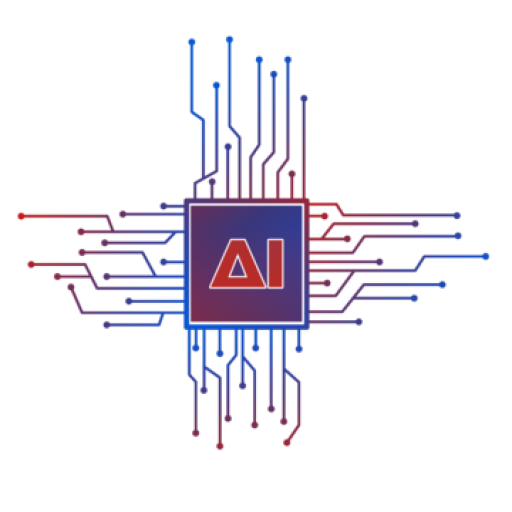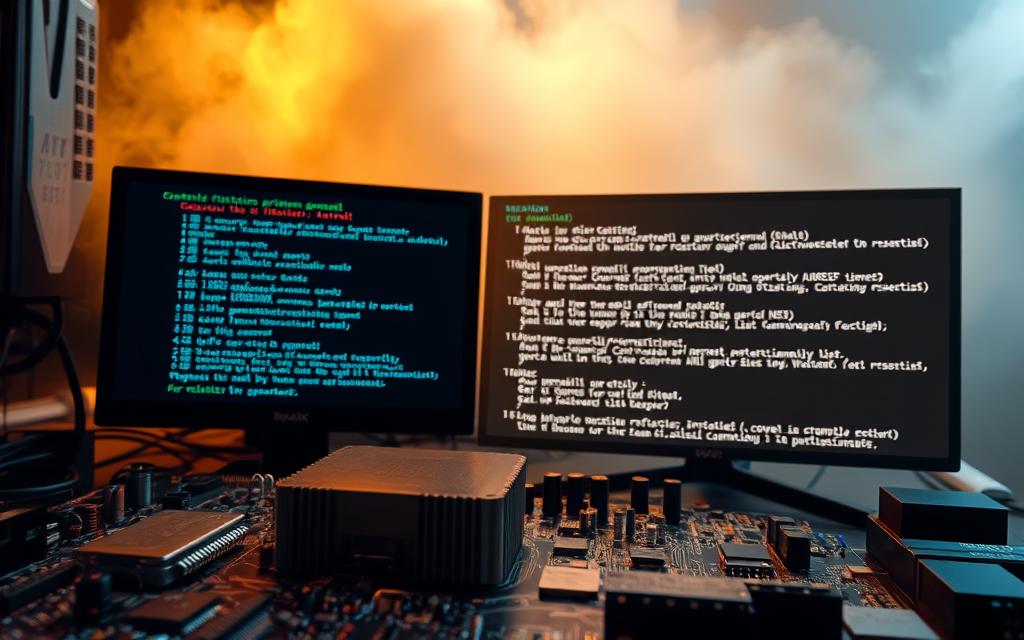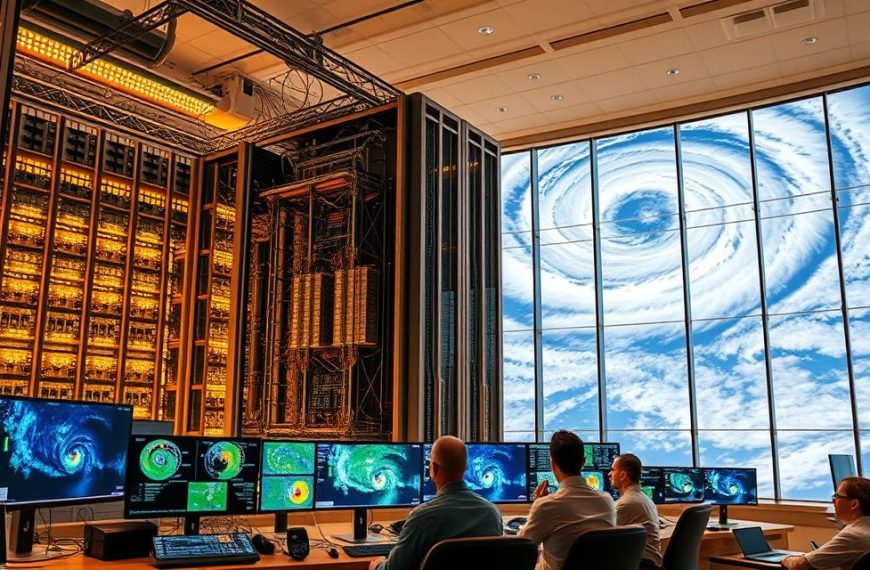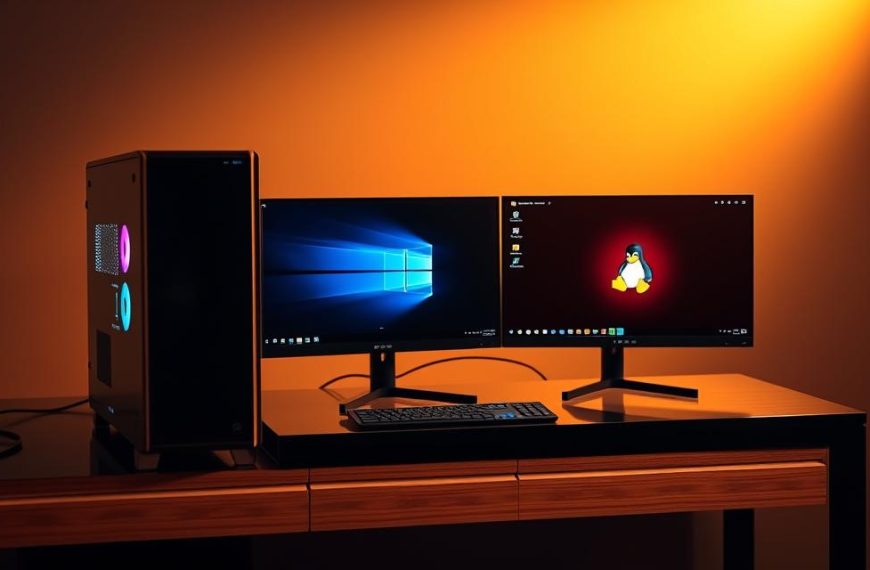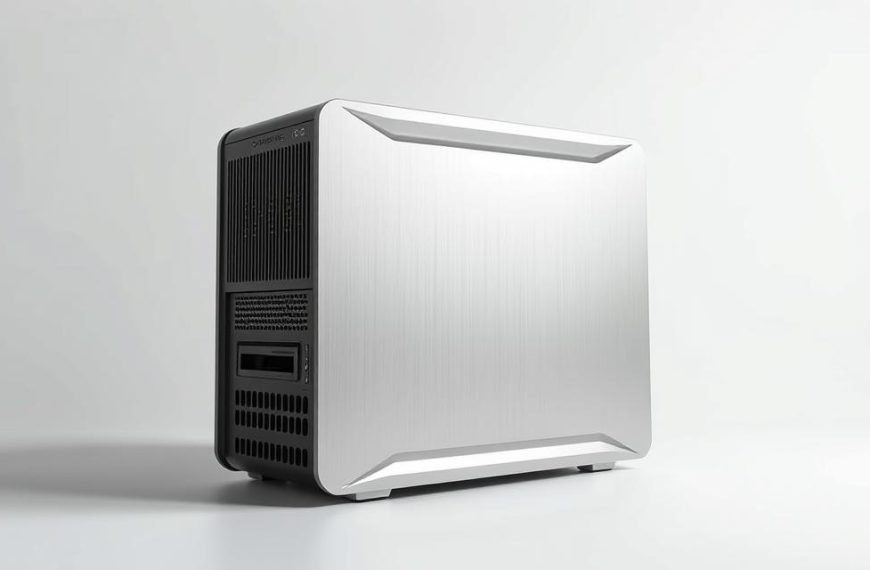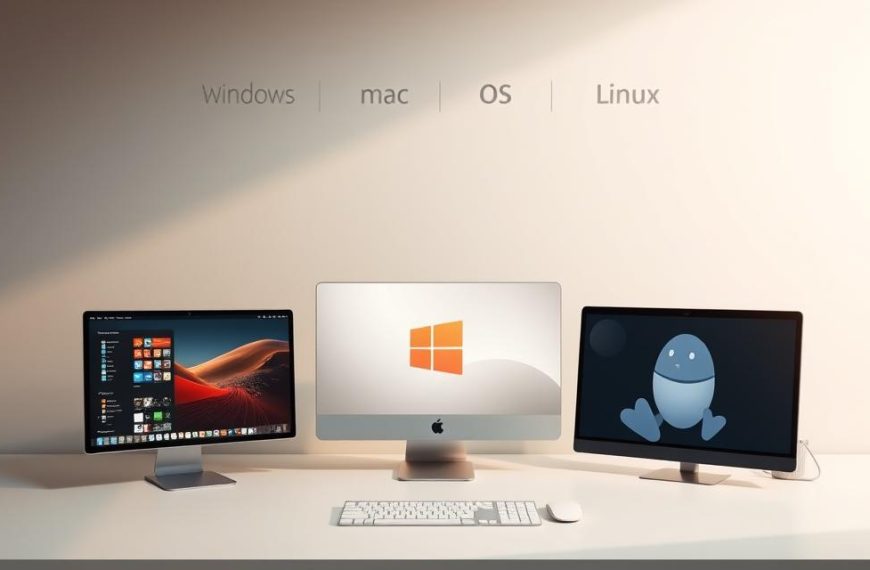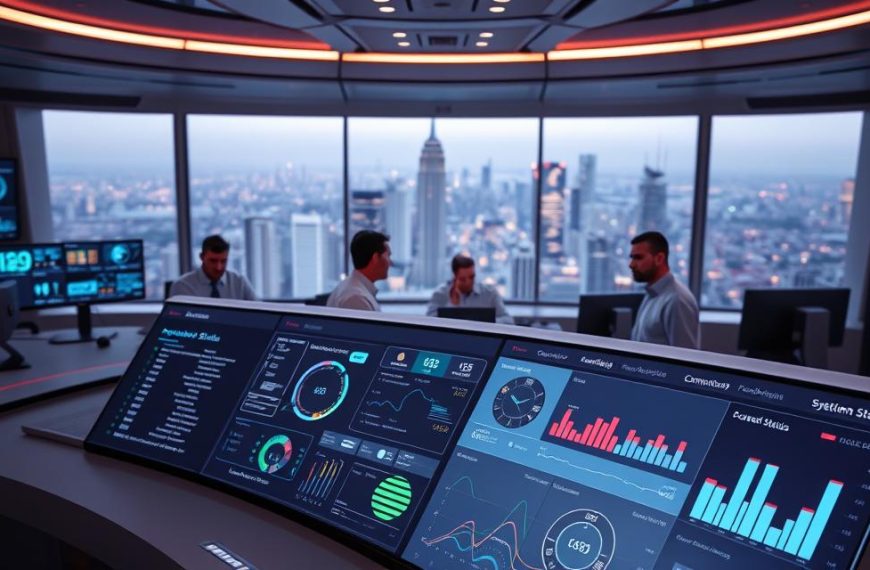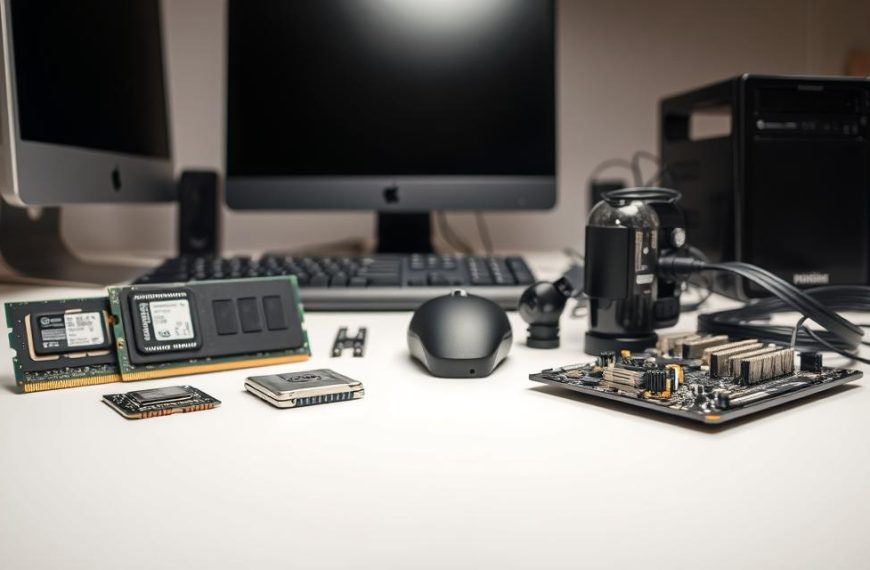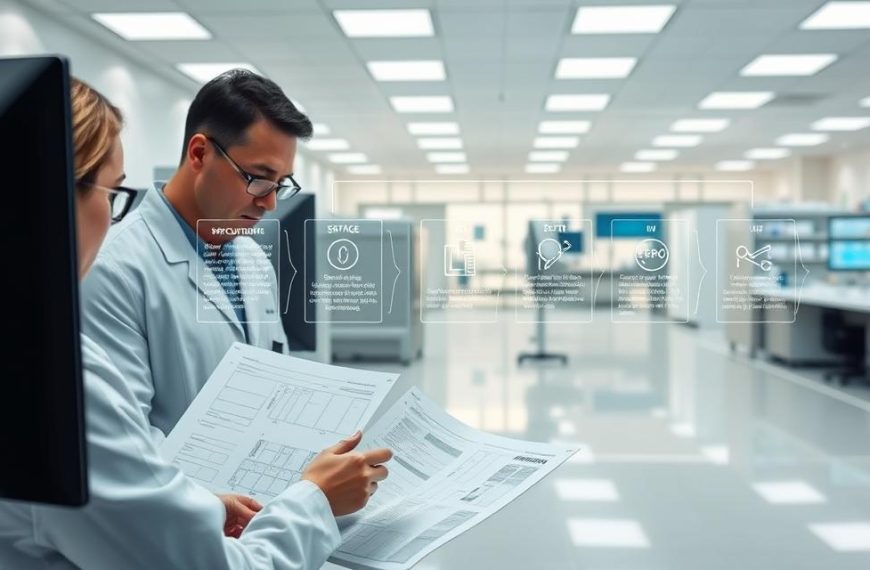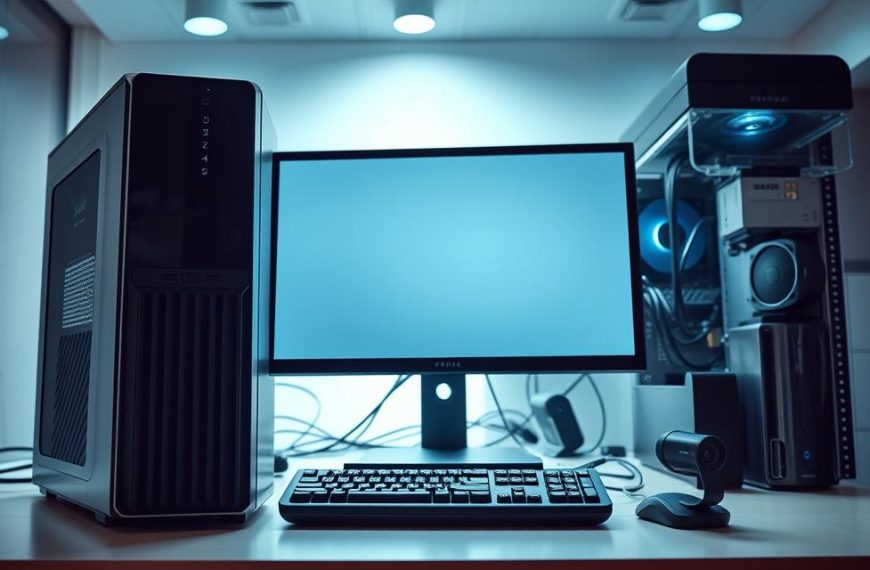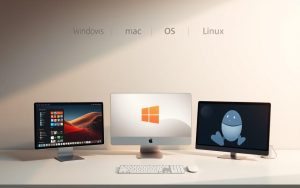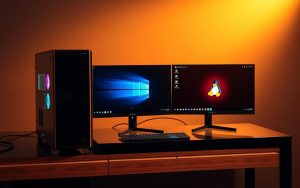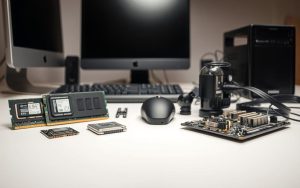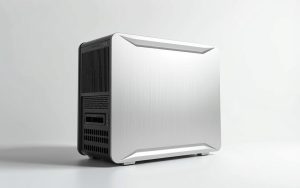At the heart of every computing device lies a fundamental component. This central program, known as the kernel, is the true operating system core. It manages how hardware and software work together.
The kernel stays in memory once it’s loaded. It controls all system resources, preventing conflicts and ensuring smooth operation.
This critical component starts working through the computer boot process. This is a sequence that sets up hardware and loads key software. The system startup is a vital phase in a computer’s life.
Knowing about these basic elements helps us understand how computers work. The kernel and boot process are key to how computers operate.
The Core Components of an Operating System
The kernel is at the heart of an operating system. But, many other key parts work together to make a complete computing environment. They turn raw hardware into a useful platform for users and apps.
Defining the Operating System and Its Role
An operating system is the basic layer of system software that manages computer hardware. It offers essential services for computer programmes. It also creates an environment where apps can run well.
The main tasks include:
- Managing memory and allocating it
- Handling process scheduling and multitasking
- Communicating with devices through drivers
- Organising and managing the file system
This detailed management lets users interact with their devices easily. They don’t need to know about complex hardware.
Key Elements Beyond the Kernel
The kernel’s work is supported by higher-level parts that complete the operating system. These elements operate in user space, not kernel space. They offer important services that make computers useful for daily tasks.
The user interface is a key component. It comes in two main types:
- Graphical User Interface (GUI) – a visual desktop with windows and icons
- Command-Line Interface (CLI) – text-based interaction through commands
Network services are also vital, handling internet and local network connections. Security features, like user authentication and permission systems, protect the system.
System Libraries and Utilities
System libraries offer pre-written code for common tasks. They save time and ensure consistency in different programmes.
Some common utility apps are:
- File managers for organising documents and folders
- System monitoring tools showing performance metrics
- Configuration editors for adjusting system settings
- Backup and recovery programmes for data protection
These utilities complete the operating system package. They offer users practical tools for managing their computing experience. With the kernel, they form a complete system for modern computing.
What Runs a Computer’s Operating System: The Kernel’s Central Role
The kernel is at the core of every operating system. It connects hardware and applications, managing all system tasks with great care and efficiency.
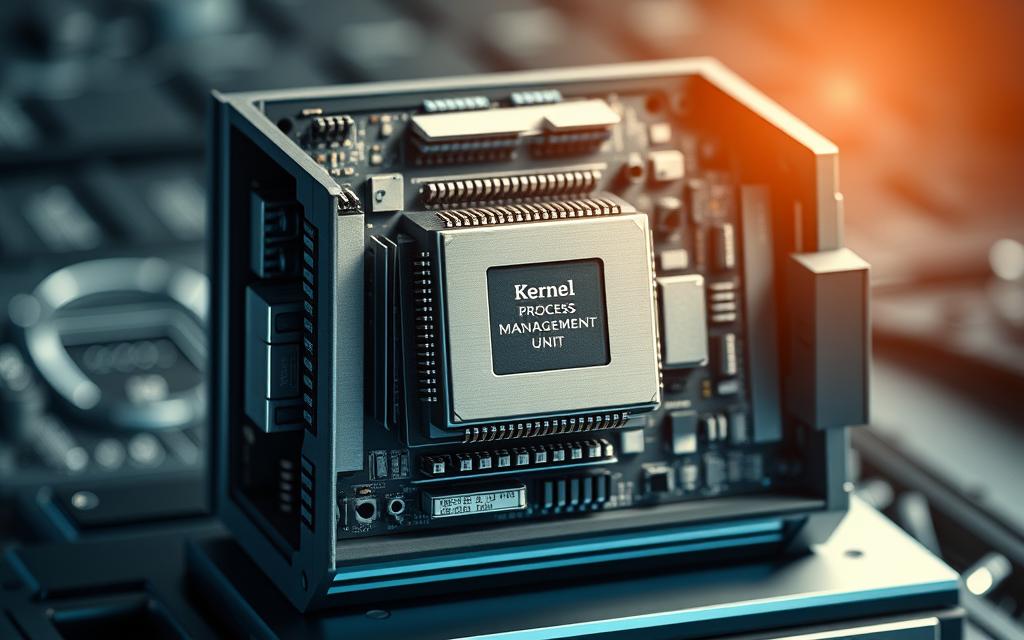
Understanding the Kernel’s Functions
The kernel does many important jobs to keep your computer running well. These tasks are key to system stability and performance.
Process Management and Scheduling
The kernel’s process scheduler controls CPU resources like a traffic cop. It decides which programs get CPU time and for how long. This stops any one program from using too much system resources.
Modern kernels use smart algorithms to sort tasks by urgency and importance. They watch the system load and adjust CPU time to keep performance high.
Memory Management and Allocation
Managing memory is another key job of the kernel. It handles both physical RAM and virtual memory, making sure programs have enough space.
The kernel also sets up barriers to stop programs from accessing each other’s memory. This keeps the system stable and secure. It handles demand paging, moving data between RAM and storage as needed.
Types of Kernels: Monolithic vs Microkernel
Operating systems use different kernel architecture designs. Each has its own strengths and weaknesses. The two main types show different ways to design a system.
Monolithic kernels put most system functions in one memory space. Linux is a well-known example. This design is fast because it has fewer system call overheads.
But monolithic kernels can be risky. A problem in one part can crash the whole system. All parts share the same memory space.
Microkernels are minimalist, keeping only essential functions in kernel space. Other services run as separate processes in user space. MINIX 3 is a good example.
This design makes systems more stable and secure. If a service fails, it can be restarted without crashing the whole system. But it might be a bit slower because of more communication between processes.
Many systems today use a mix of both models. Windows NT and macOS use hybrid kernels. They aim to balance speed with reliability.
| Kernel Type | Performance | Stability | Security | Examples |
|---|---|---|---|---|
| Monolithic | Excellent | Moderate | Good | Linux |
| Microkernel | Good | Excellent | Excellent | MINIX 3 |
| Hybrid | Very Good | Very Good | Very Good | Windows NT, macOS |
The choice of kernel architecture greatly affects how an operating system works. Each design focuses on different things like speed, reliability, and security.
The Boot Process: Starting the Operating System
When you press the power button, a complex process starts. It turns hardware into a working system. This boot process is key, making your computer ready to use.
Initialisation: From Power-On to Bootloader
The journey starts with hardware initialisation. The processor looks for its first instructions as soon as power flows.
The Role of BIOS and UEFI Firmware
Older systems use BIOS (Basic Input/Output System). Newer ones use UEFI (Unified Extensible Firmware Interface). Both do important checks during the Power-On Self-Test (POST).
UEFI is better than BIOS. It boots faster, supports bigger drives, and is more secure. It checks devices and makes sure everything works before moving on.
After checking hardware, the firmware gives control to a bootloader. This program finds the operating system and gets it ready to run.
Linux uses GRUB (Grand Unified Bootloader) for flexibility. Windows uses Windows Boot Manager for a smooth transition to the Windows kernel.
Bootloaders do important jobs like:
- Locating the kernel image on storage media
- Loading the compressed kernel into memory
- Passing necessary parameters to the kernel
- Transferring control to the kernel’s entry point
Kernel Loading and Initialisation
The bootloader’s job done, the real magic starts. The kernel image decompresses itself and begins kernel initialisation.
This phase includes hardware detection, driver loading, and system setup. The kernel sets up basic services and gets ready for applications.
An initial RAM disk (initrd or initramfs) provides temporary root filesystem capabilities. It lets the kernel load essential drivers before accessing the actual root partition.
| Boot Stage | Primary Function | Key Components | Typical Duration |
|---|---|---|---|
| Firmware Initialisation | Hardware checks and configuration | BIOS/UEFI, POST routines | 2-10 seconds |
| Bootloader Execution | OS location and kernel loading | GRUB, Windows Boot Manager | 1-5 seconds |
| Kernel Initialisation | System preparation and driver loading | Linux kernel, Windows NT kernel | 3-15 seconds |
| User Space Launch | Starting services and login | systemd, init, login managers | 5-30 seconds |
The whole process shows how well hardware and software work together. Each part does its job well, making your computer ready in under a minute.
How the Kernel and Boot Process Work Together
The magic of computers lies in how the boot process and kernel work together. They turn hardware into a system ready for users. This partnership is key to making computers work.
After the kernel starts, it doesn’t stop working alone. It starts the first user process, which becomes the parent of all others. This marks the end of the boot phase and the start of the system’s work.
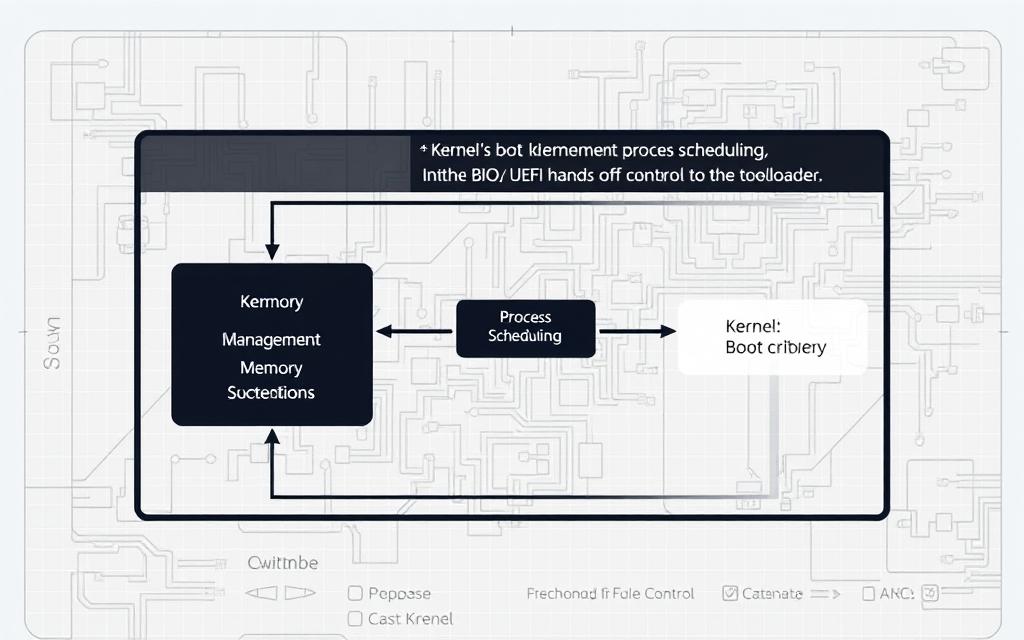
Seamless Transition from Boot to Runtime
The move from boot to running is a complex dance. The kernel takes control of the hardware and starts important processes.
This phase includes several key steps:
- Kernel sets up basic services and drivers
- Initialises memory and scheduling
- Starts the first user process (init or systemd)
- Launches daemons and services
- Shows the login screen or desktop
This all happens quickly and smoothly. Users see their computer ready to use, without knowing the detailed work done behind the scenes.
Real-World Examples in Windows and Linux
Different operating systems have their own ways of starting up. Looking at Windows and Linux shows how they handle this important step.
The Windows boot process uses the Windows Boot Manager. It has a hybrid kernel, mixing monolithic and microkernel features.
Windows starts up like this:
- smss.exe starts first
- winlogon.exe handles login
- Service Control Manager starts services
- Explorer.exe brings up the desktop
On the other hand, the Linux boot process often uses GRUB or systemd-boot. Most Linux systems use systemd, but some use SysV init.
Linux starts up this way:
- Kernel mounts the root filesystem and starts init
- Systemd sets up targets and services
- Display Manager starts the graphical interface
- Desktop environment loads user settings
Both systems show how different designs can achieve the same goal. They turn off hardware into a working system. The differences show different ways to design an operating system.
Understanding how the boot process and kernel work together is key. It shows the complex engineering that makes computers reliable and easy to use for everyone.
Conclusion
A computer’s operating system needs two key parts to work well together. The kernel is the core that never stops, managing everything from start to finish. It handles resources, processes, and hardware interactions.
The boot process is the first step, setting up the system for use. It starts from turning on the computer to when it’s ready to go. It makes sure the kernel is ready to run smoothly.
These two parts are essential for your computer to work right. The boot process gets the kernel started, and it keeps everything running smoothly. This is true for Windows, Linux, and other systems, but how it’s done can differ.
Knowing how these parts work together helps us understand our computers better. It shows how your system starts working when you press the power button. It highlights the complex beauty of everyday computing.
